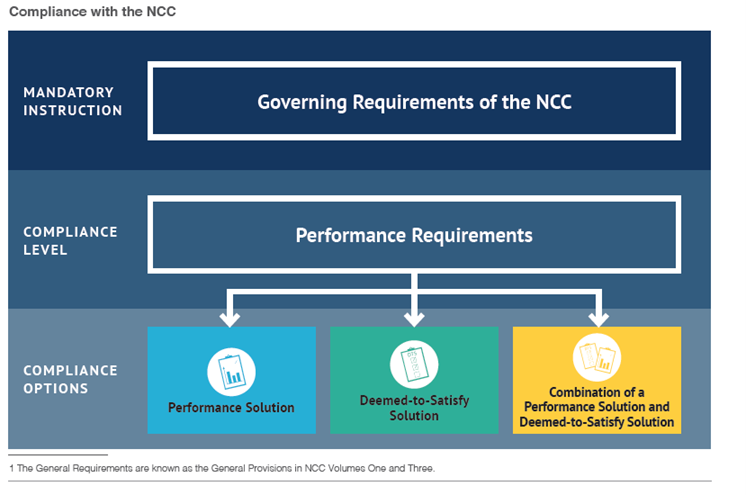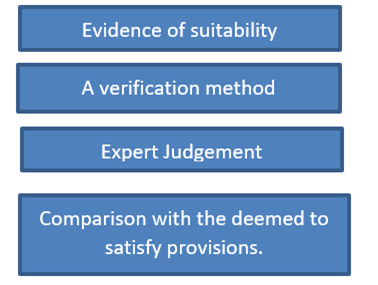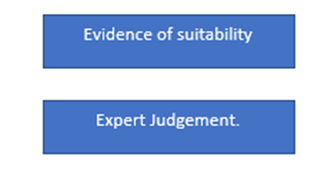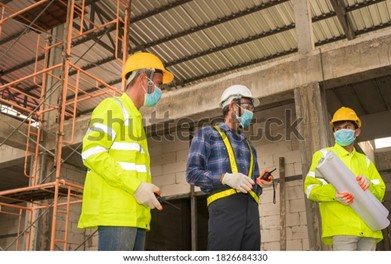Welcome to undertake a basic construction project. The preparation and organising that you do before you undertake any construction project goes a long way to determining the quality of the final outcome. It also helps to determine how safe and efficient your work will be along the way. By now, you should have established the knowledge and some of the skills required to carry out a basic construction task.
As you progress through the learning, you will learn how to:
- Follow plans and specifications.
- Comply with WHS and environmental requirements.
- Comply with manufacturer specifications.
- Comply with workplace requirements.
- Select and use PPE appropriate to the task.
- Select and use tools and equipment.
- Check tools and equipment for serviceability and report faults.
- Break each task into its component tasks, identify materials, calculate quantities of materials and prepare a components list.
- Manufacture the components for a basic construction project by selecting the manufacturing processes, manufacturing the components, and checking each component for accuracy, quality and suitability.
- Assemble the components of a basic construction project by selecting the assembly process, setting out the project for line, level and plumb and checking the project for accuracy, quality, and adherence to plans, specs and drawings.
- Checking, maintaining and storing tools and equipment safely and securely.
- Reporting any faults.
- Disposing of all waste safely and appropriately.
- Meeting all legislative, environmental and safety requirements.
Legislation vs Regulations
Throughout your learning (and your career), you will have at some stage heard the terms legislation and regulations, let us take the time to revisit what these are and why you need to know them.
Legislation is set down by a governing authority and before it has been approved, needs to pass through the hands of relevant personnel to make it legally binding. This means, any and all people involved must be compliant. Legislations are relevant to communities and industries. For example, there is a set of legislation that have been carefully developed and regulated specifically to suit the construction industry (other industries have their own sets of policies, procedures, regulations, and legislations.) Industry legislations are in place to ensure all people involved are performing within compliance. Any noncompliance can have some serious repercussions such as heavy fines, termination of job position even loss of building licence.
Regulations put the legislations into practise. The regulations undergo as much careful consideration as the legislations as they coexist. The regulations specifically outline the legal requirements that are relevant to a specific industry.
The following list outlines some examples of the National regulations relevant to the construction industry:
- Building Act 2004 (and relevant state and territory instruments)
- Building Regulations (relevant to each state/territory)
- Work Health and Safety Act 2011 (and relevant state and territory instruments)
- Work Health and Safety Regulations 2011 (and relevant state and territory instruments)
- The Environmental Planning and Assessment Act 1979 (and relevant state and territory instruments)
- The Environmental Planning and Assessment Regulations 1979 (and relevant state and territory instruments)
- Other state and territory-based legislation and policies affecting buildings as described in NCC2019 (See Schedule 1)
- Relevant local laws depending on local government area.
Tip!
Look up the legislation relevant to your state or territory and pin it to your task bar for accessibility.
It is now time to take a look at the National Construction Code.
The National Construction Code (NCC)
The National Construction Code is Australia’s performance-based building code containing all performance requirements for the construction of buildings. The NCC is built from a hierarchy of guidance and code compliance levels. The performance requirements stipulated by the NCC are mandatory requirements which need to be met.5
Complying with the NCC
Now that you know what the NCC is, how do you comply with it?
When looking at compliance with the NCC there are two compliance requirements:
- The general requirements of the NCC, which are the governing rules stipulating the processes and how the NCC is to be used.
- The relevant performance requirements, these outline the minimum requirements for buildings, building elements (also applies to plumbing and drainage systems). The outcomes that are stipulated must be met in order to achieve compliance.5
These are the requirements, but what of the options to achieve compliance? In the case of the NCC, there are three. The following diagram from the NCC outlines the three compliance categories.

Image Sourced from The NCC.
Let us take a look at each of the compliance options in further detail.
Performance solution
The performance solution needs to comply with all of the advised performance requirements outlined by the NCC. The performance solutions provide a contextualised solution to meet the objective of each performance requirement.
As evidence of compliance, the following assessment methods must be used. These assessments can be used in conjunction with one another to achieve compliance. 5
The assessment methods are illustrated in the following diagram.

Using a deemed to satisfy solution (DTS)
This type of solution is accomplished by following the appropriate deemed to satisfy provision that are stipulated in the NCC. These solutions are very specific and tell you what to do and how you need to do it, they even include design aspects and construction methods needed to achieve a satisfactory or compliant outcome in this category ergo, the reason this solution is named so. The deemed to satisfy parameters are also in reference to the Australian Standards, which as you have come to learn provide in depth details of what needs to be met.5
The following diagram illustrates the assessment methods for this solution.

Using a combination of solutions
The final category is using a combination of both solutions. There are some building projects that require both the performance and deemed to satisfy solutions. In some cases, any single performance requirements may require both because there are a number of elements within a building.
One example of this may be an office. The Office may need a performance solution for fire safety and a deemed to satisfy solution for sanitary facilities and possible energy efficiency.
In cases where both solutions are required, following needs to be considered:
- Deemed to satisfy provisions of each area or part of the solution and the performance requirements for the area or part.
- Performance requirements from other areas that are associated or affected by the proposed solution.
In the event of using both solutions, one or more of the assessment methods for both Performance solutions and DTS, need to be considered.5
Standards
Standards are published documents that outline specific procedures relevant to industries to achieve reputable products, functioning systems, and safety. Standards are much like goals, carefully developed to be achievable for an industry. When the standards have been developed on a national level, such as the Australian Standards, they will be cited in a legislation, and become mandatory to follow.
The following are some examples of Australian Standards that are relevant to the building and construction industry.
- AS1288 Glass in Buildings
- AS 3786 Smoke Alarms
- AS 3500 Plumbing and Drainage
- AS 1657 Stairs
- AS 3700 Masonry Structures
- AS 2870 Residential Slabs and Footings
- AS 3610 Formwork for Concrete
- AS 3740 Waterproofing of Wet Areas within Residential Buildings
- AS 3959 Construction of Buildings in Bushfire-Prone Areas.
Company policies and procedures
All companies have policies and procedures in place and depending on the industry, some of these policies and procedures are provided in an employee handbook, displayed within an office space, classroom, or a folder with the policies in their entirety accessible to staff at any given time. Your employer must have their policies and procedures accessible at any time.
At the time of your employment, you are likely to receive an employee handbook that clearly outlines the some of the following policies:
- Work health and safety
- Code of Conduct
- Anti- discrimination and equal employment opportunities
- Personal Protective Equipment
- Employee performance management
- Plant and equipment
- Workplace Surveillance
- Smoking
- Motor Vehicle Policy.
Once you have received your employee handbook, it is likely you will need to sign that you have read, understood, and acknowledge company policies and procedures.
Why do we need policies and procedures?
These are in place to protect the rights of the employer and the employee should any work issues arise.
Companies by law need to have policies and procedures in place to ensure they are aligned what has been set out by the Legislation, regulation, and standards.
Policies vs procedures
Policies and procedures are often found coexisting. However, they are different, and this is explained as follows:
Policy
A policy is very much a rule that is in place by the company derived from the regulations relevant to their industry, in this case, the regulations need to be relevant to the building and construction industry. Policies determine the safety, standards and quality of work produced within a company for a construction task.
The following is an example of what a workplace policy and procedure will look like. Click the WHS link and have a read of the policy. [NEED TO INSERT LINK]
Procedure
The procedure is essentially the process tasks are carried out. Each company will have procedures in place they have developed and when you agree to employment, their procedures are measures you are obligated to follow. Procedures are usually derived from a policy or a standard.
Similarities
One of the fundamental similarities with policies and procedures is their objective of achieving safety, compliance, and efficient functionality of a business.
Each construction company will have their own set of policies and procedures that have been put in place. They have been specifically and carefully selected to ensure they are compliant and achievable by team members, consumers, and other relevant personnel. Any company who has developed policies and procedures will have likely to have sought legal advice to implement them to ensure they are within their rights to implement them.
It is important to understand, that depending on your state or territory, regulations, legislation, acts or standards may be slightly different. You will need to ensure you have familiarised yourself with those that are relevant to your state or territory.

